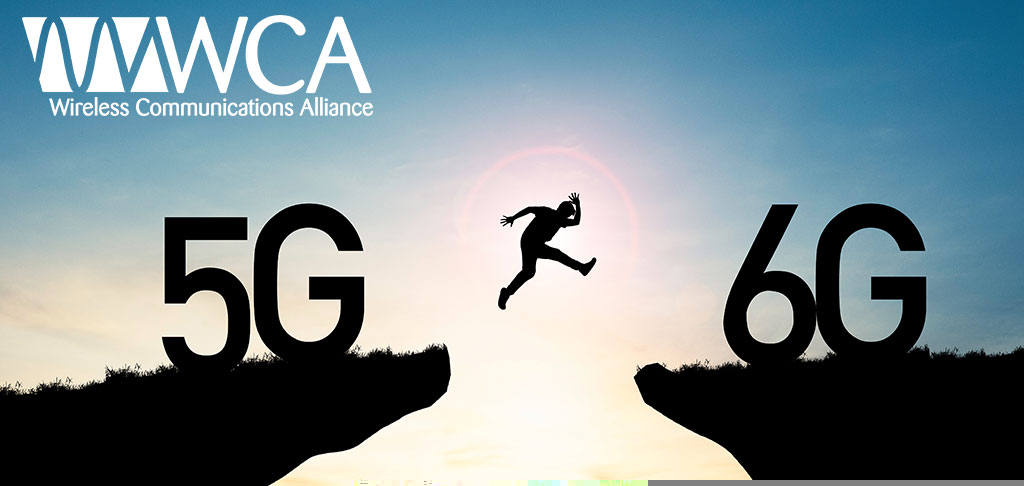For enterprises, investing in IoT deployments involves leveraging current technology and preparing for future advancements. Connectivity plays a crucial role, especially with the progression of wireless technology. As 5G continues to evolve, many wonder about the arrival of 6G and its implications for 5G and 4G LTE. Each mobile network generation follows a 10-year cycle, introducing new capabilities. The advent of 6G doesn’t render previous generations obsolete. We’ll explore the timeline for 6G’s arrival and its impact on 5G and 4G LTE.

When Is 6G Wireless Technology Coming?
6G is expected to launch commercially by 2030. Early research and requirement gathering have begun, with specification development and standardization planned for 2025-2029. Lab testing and pilots are expected to start in 2028, setting the stage for a commercial release around 2030. Steps toward commercial readiness include the transition from 5G to 5G Advanced in 2024-2025, based on the 3GPP Release 18 specification, which should be finalized by mid-2024.
6G vs. 5G: What’s the Difference?
6G will succeed 5G, introducing higher frequencies and new features. It will utilize bands above 100 GHz and possibly above 1 THz, enhancing the wireless experience and enabling next-generation use cases. Key anticipated benefits include increased capacity, improved coverage, higher peak speeds, reduced latency, increased spectral efficiency, and greater mobility support.
6G Advantages Over 5G
The transition to 6G promises several advantages:
- Increased capacity with sub-THz spectrum and functional range of 30-300 GHz
- Improved coverage and reliability, up to 99.99999%
- Peak speeds of up to 1 terabit per second
- Reduced latency supporting microsecond levels
- Over three-times increase in spectral efficiency, up to 100 bps/Hz
- Enhanced mobility support, up to 1000 km/h or 600 mph
Challenges of 6G Wireless Technology
6G development presents challenges, including the need for new radiofrequency designs and semiconductor materials for higher frequencies. Faster processing will require optical or quantum computing technology. Managing power consumption is critical, as the density and speed of 6G networks will significantly increase energy use.
Potential 6G Use Cases
While 6G applications will evolve as development progresses, anticipated use cases include:
- Full-sensory digital sensing and augmented reality
- AI integration at the edge and in networks
- Industrial Internet for smart factories
- Tactile Internet for transmitting touch sensations
- Autonomous vehicles
- Virtual healthcare solutions
Will 6G Replace 5G or 4G LTE?

Enterprises are concerned about the transition from 4G LTE and 5G to 6G. Historically, older generations phase out slowly. 4G LTE will likely remain beyond 2030, while 5G’s lifespan extends until at least 2040. The adoption of 6G will depend on its commercial rollout and industry readiness.
The Path to 6G Wireless Technology
Currently, 6G is under research, with significant breakthroughs in controlled conditions. Commercial devices will likely appear between 2029 and 2031, coinciding with network rollouts. Early adopters of 5G, like the US, China, and South Korea, will lead the way in 6G deployment.
Source: https://www.digi.com/blog/post/when-is-6g-coming-what-does-it-mean-for-5g-4g
































